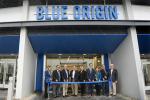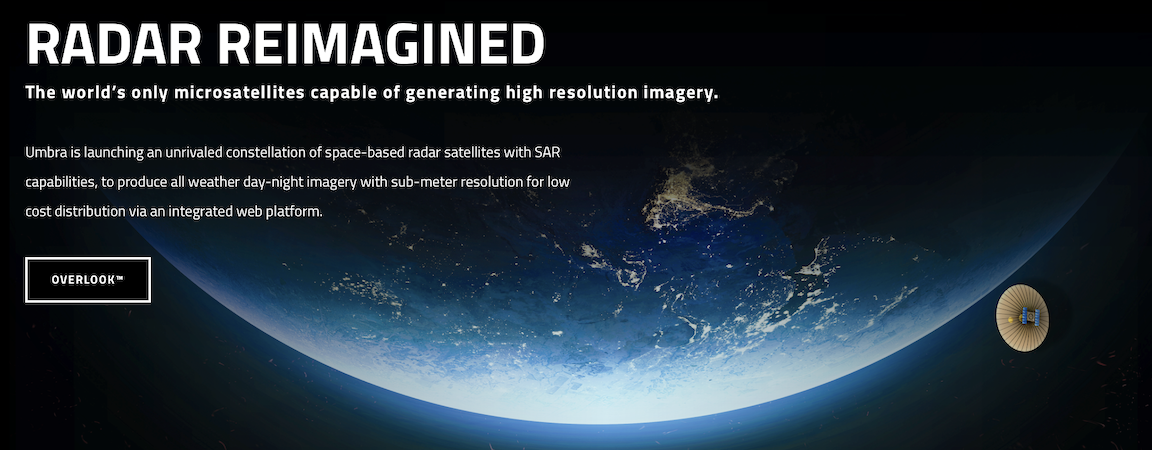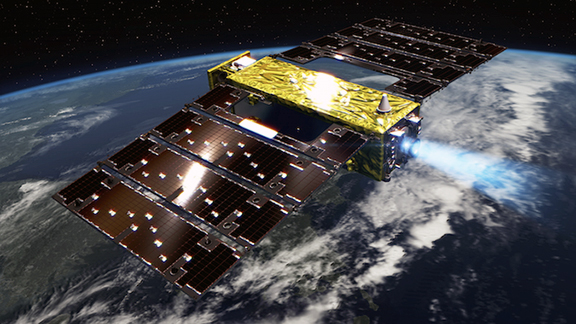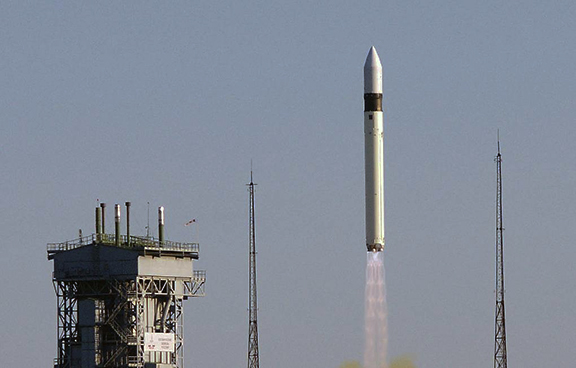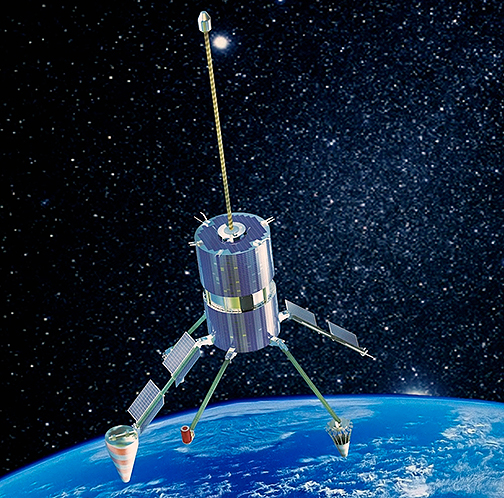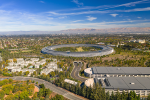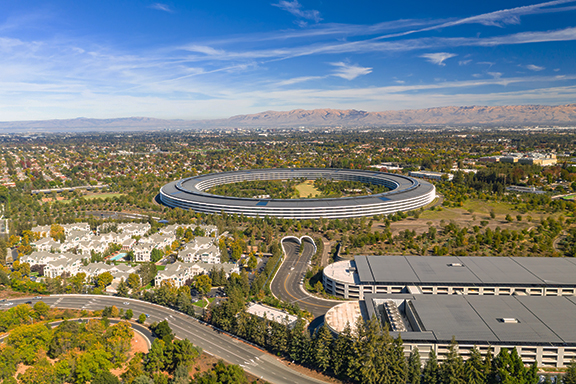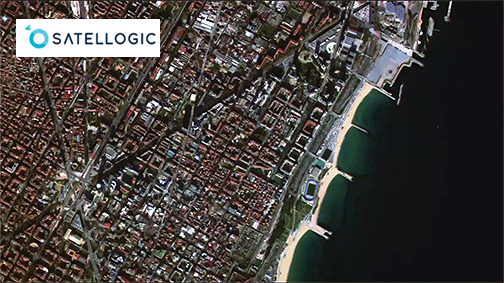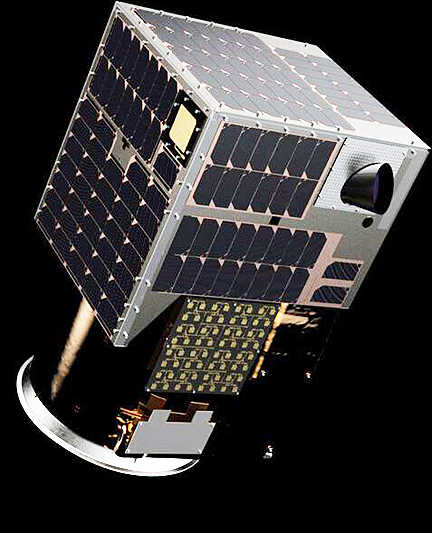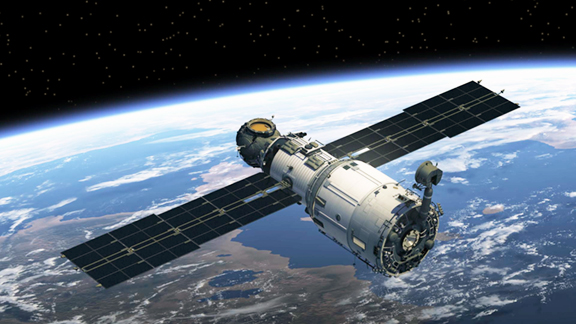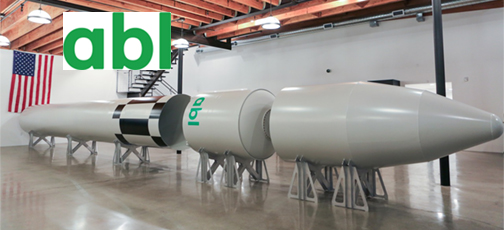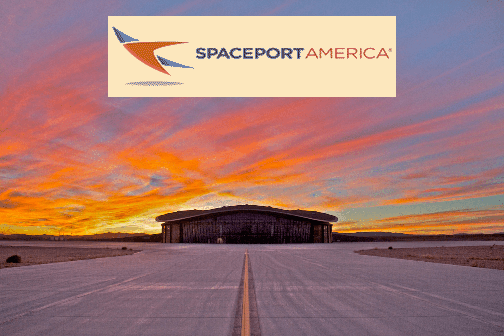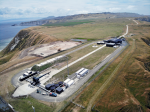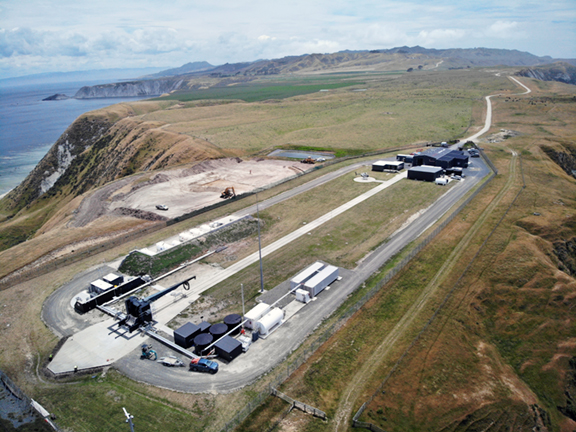
Blue Origin has opened their new headquarters and R&D facility in Kent, Washington.
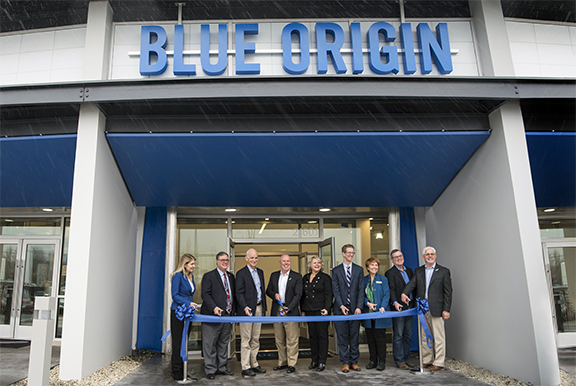
The facility is Blue Origin’s hub of operations as the firm continues to grow their team. Below are excerpts from remarks given by Blue Origin CEO Bob Smith at the ribbon cutting event.
“2019 was a great year of progress and preparation for us, and 2020 is going to be even more remarkable – so we’re growing quickly. We grew by a third last year and we’re going to continue to grow at a rapid pace.
“We named this building the O’Neill Building after Gerard O’Neill, a physicist who envisioned millions of people living and working in space for the benefit of Earth. Gerard O’Neill was one of the visionaries who thought about how we go out into space in a quick and sustainable way so that we can preserve our planet.
“For those of you that are Washington State residents, what is exciting is we’re going to be doing all this work from a headquarters based here in Kent. It’s a remarkable statement to say that we’re going to fly humans to space, we’re going to build and design large engines and a large orbital rocket, and we’re going to go back to the Moon – all through work centered here.
“We’re excited to continue to see this growth in this new facility. We broke ground on this facility in January of 2019 and it came up in just 11 months. It houses approximately 1,500 people. The building sits on a 30-acre plot of land, and we’re using 13 of those acres for a wildlife habitat and flood storage, as well as protecting against invasive species. This is a very sustainable building with better insulation and better energy consumption than a traditional building. And it all came together very quickly.
“This couldn’t have been done without our great partners. Thanks to Sprung Instant Structures, our architect Nelson, our general contractor Sierra Construction, civil engineering group Barghausen Consulting Engineers and our environmental consultants Soundview Consultants.
“We want to recognize Congressman Smith, Congressman Kilmer and Congressman Heck for joining us here today, thank you for your support. We also want to give a huge thank you to the City of Kent and Mayor Dana Ralph for their tremendous support and leadership.”

